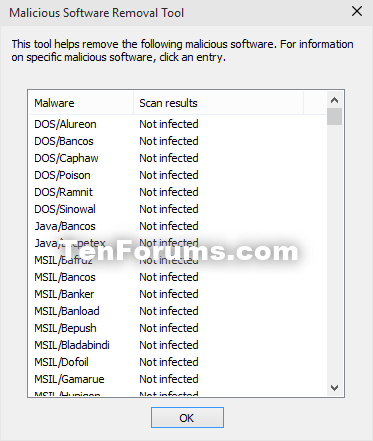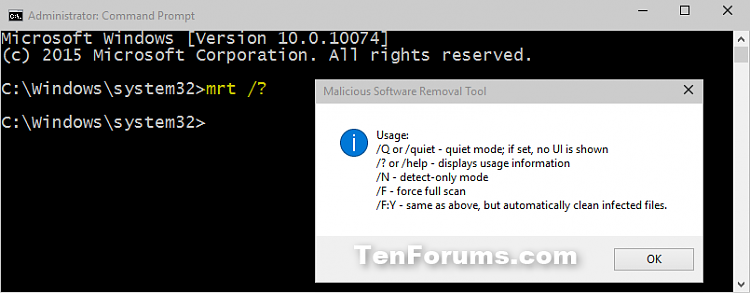

This means they only access the minimum amount of data required to perform their functions, and don’t have access to other apps, the operating system, or critical settings.

Malware Removal Tool - Apple includes the Malware Removal Tool (MRT) in macOS to remove malware that has worked its way into your system files.XProtect - Apple has known malware definitions in its XProtect file, which sits on your Mac, and every time you download a new application, it checks that none of those definitions are present.However, Apple has several anti-malware features, including:

Macs have built-in security measures, such as a firewall to block online attacks, but they don’t come with antivirus software in the conventional sense.

If malware strikes, macOS has ways to stop it from spreading, but Mac users can still face various online threats, including spam and phishing emails, browser vulnerabilities, and identity theft. The consequences of malware are always unpleasant and can range from seeing annoying pop-up ads to your files being held to ransom. Most digital threats tend to be different types of malware, which can certainly affect Macs. People often use the term ‘virus’ as a catchall for any form of malware. However, with Mac’s market share on the rise, cybercriminals are increasingly focusing their efforts on Apple products. Traditionally, Macs are less vulnerable than Windows computers – mainly because cybercriminals have focused most of their efforts on creating malware for Windows machines, as they make up the bulk of the market and therefore offer more opportunity. Read on to find out how vulnerable MacBooks are to viruses, signs you may be infected, and how to stay ahead of online threats. MacBooks, iMacs, and Mac Minis can all be infected by viruses and malware, and hackers can successfully attack them too. A common misconception is that Macs don’t get viruses, but this isn’t true.


 0 kommentar(er)
0 kommentar(er)
